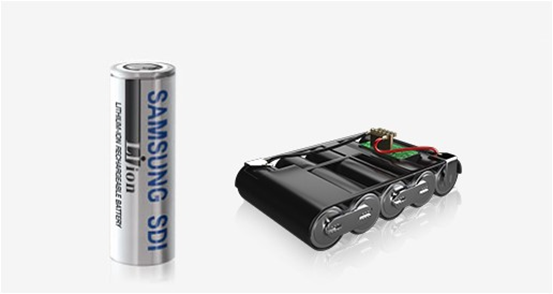-
How can you tell if a battery is still good?
-
How do you test a battery without a tester?
-
How do you care for battery life?
How To Test Battery Life -Quality, Testing And Care
Nov 04, 2020 Pageview:1214
A battery test makes it conceivable to recognize powerless cells, defective intercell connectors, and other warnings that show fixes are required before the battery quits working totally. A battery's capacity is a proportion of the energy it can store. When directing a battery capacity test, you're analyzing the battery's capacity to convey a predetermined measure of current at a steady rate to a predefined end voltage for a particular time.
When you buy a fresh out of the box new battery, it will accompany a battery rating that distinguishes its capacity. In any case, since cells age and that rating will not, at this point, be precise once the battery has been utilized time and again. Thus, to get an exact thought of your battery's actual current capacity, you should perform routine battery tests.
To ascertain more about testing battery life, continue reading.
How can you tell if a battery is still good?
Although batteries are sold with a range of published life spans, the truth of the matter is most batteries state a valuable existence of as little as 3 to 4 years. A few factors add to the abbreviated handiness of a battery, including; the number of discharges, depth of these discharges, natural conditions, and absence of regular maintenance and upkeep.
We’re now going to describe the simple – Drop test in order to determine if the battery is juiced.
Drop every battery (with the flat, -ve end down) from a little distance above. In the event that the battery is charged, it should make a strong thud and doubtlessly remain to stand. Assuming, in any case, the battery is dead; it will skip and fall over right away. But, this work only for alkaline batteries
How do you test a battery without a tester?
Without a multimeter or tester, there are a couple of ways you can try to conduct the test for your battery; for instance, one can utilize a Power Probe, which is a lot quicker and better approach to test a battery's condition.
The following are some ways for the individuals who can't get hold of a multimeter, and they would prefer not to the auto shop anytime soon.
1.The most straightforward way is by doing the headlight test. A weak battery can be distinguished by taking a gander at the headlights when the motor is off and then when it is on. The distinction between the brightness will give the conclusion of if the battery is okay.
· First, turn on the lights when the motor is off, and the vehicle is cool. Keep in mind and observe the brightness and then turn it off.
· Then turn on the motors of your vehicle and switch on the front lamp once more.
· Compare the brightness of the headlights and what you saw beforehand when the motor was off. If there is a major difference in the light, at that point, you may have some issues with the battery.
2. You can also use an Ammeter, which is used to quantify any sort of flow that is typically pre-installed in numerous vehicles. The Ammeter is there to tell you about the battery charging condition; you will get a record of the battery's condition with it. The lower charge it will portray, the bad is the condition of the battery. This instrument gives the outcomes a lot quicker than the voltmeter.
3. Battery Health Indicators is also an instrument that is likewise pre-installed in practically all vehicles. This is one of the main gadgets which is utilized to test the strength of a vehicle battery. On the off chance that your vehicle doesn’t have battery Health Indicators, then it would be wise to install them.
How do you care for battery life?
Battery performance is essential to your power systems, and preventive maintenance support limits the danger and provides you with a great peace of mind.
Preventive maintenance increases the up-time and enhances battery life by wiping out issues before they occur. Regardless of whether a battery falls flat from defects or decay, the best ideal opportunity to discover is during preventive maintenance service, but not during a power failure when critical loads may be compromised.
For the best battery life, batteries ought not to be discharged below 80% of their capacity. Appropriate battery estimating will help stay away from unnecessary discharge.?
Utilize a matched charger and battery pack framework. Unmatched chargers will mess the potential up.?
As batteries age, their maintenance prerequisites change. This implies a longer charging time, or potentially higher completion rate, higher amperage toward the charge’s finish.?
Lead corrosive batteries should be raised to full charge at the chance. Try not to continuously use batteries in an incompletely charged condition. This will shorten their life and lessen their capacity.?
Temperatures can considerably influence battery performance and charging. Cold diminishes battery capacity and retards charging. Excess Warmth builds water usage and can bring about overcharging. Extremely high temperatures can cause thermal run-away, which may prompt a blast or fire. If the extreme temperature is unavoidable, seek help from a battery/charger master about how to manage the issue.?
The battery’s cable links ought to be intact, and the connectors must be kept tight consistently. Use protected insulation devices to try not to short battery terminals.?
Vent covers should be installed properly and tight for better charging.?
Batteries are to be kept neat, dust free and free of corrosion at all times.
That’s it
Leave Message
Hottest Categories
-
Hottest Industry News
-
Latest Industry News











